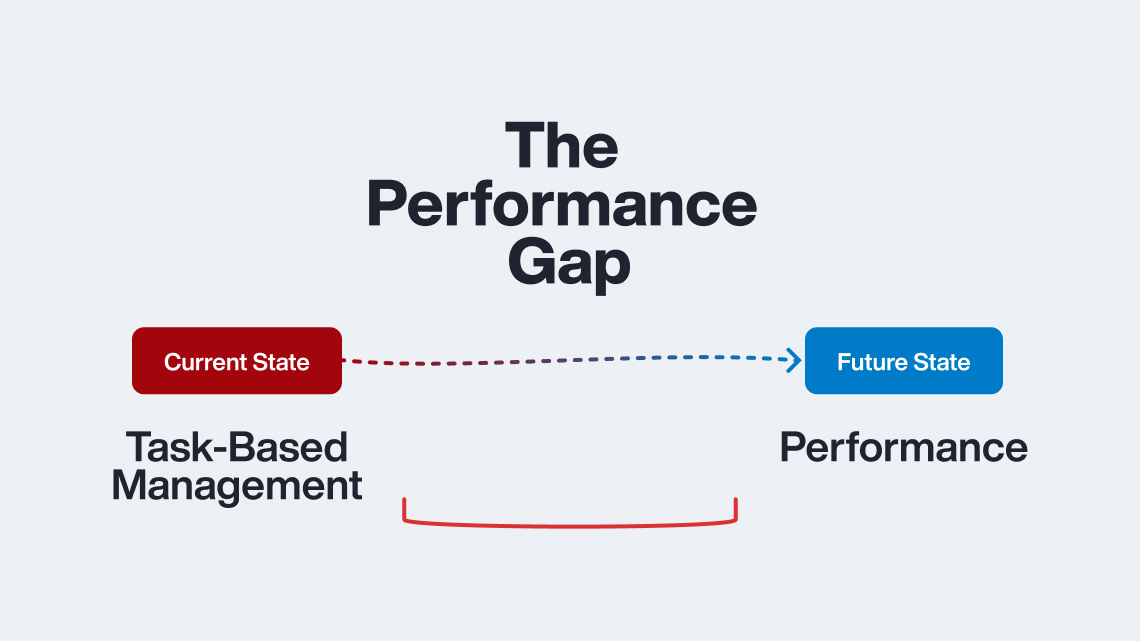Published on March 21st, 2024
By Brittany Benz
From verifying documentation to analyzing information, making critical resident decisions, and complying with fair housing laws, tenant screening is one of the most essential parts of property management. But with complex steps and multiple resources required to gather information for each applicant, it can also be one of the most time-consuming tasks.
The key to simplifying tenant screening — without cutting corners or draining your team’s bandwidth — is to streamline processes and leverage the right technology. This combination will help ensure both short-term and long-term success while creating the best possible experience for everyone.
Start simplifying your tenant screening today by following a few of our recommended tips and strategies.
Develop a Single Standardized Process for Screening Tenants
One of the most important aspects of tenant screening is ensuring consistent criteria and processes are in place for evaluating every renter — without any potential bias. Here’s how:
- Simplify processes with online applications: Having a standard online application form will ensure you’re collecting the same information from all applicants and adhering to uniform criteria every time. Online applications also require prospective residents to provide all necessary information before submission, which saves your team from having to request missing information later.
- Standardize required applicant information: Some information you’ll always want to run during a screening check includes the applicant’s full name, phone number, rental references, and (most importantly) Social Security number (SSN). SSN verification guarantees that you collect credit information against the correct applicant and acts as a red flag if details are inaccurate.
- Create an applicant approval criteria list: Along with standardized application criteria and processes, you should also have specifically defined policies and procedures that list your company’s approval and denial criteria, as permitted by fair housing laws.
Follow all Current Laws and Regulations
Regardless of what tools you use to screen residents, there are laws and regulations regarding tenant screening that you must follow.
- Comply with federal fair housing laws: The Fair Housing Act prohibits discrimination based on race, color, national origin, religion, sex, familial status, and disability. Make sure your applicant approval criteria does not include anything that could violate the Act.
- Review local and state laws: Be sure to review local laws, including any pending legislation, before establishing policies to accept or decline applicants.
- Conduct regular reviews for policy changes: Fair housing requirements and regulations change frequently, so make sure you stay up to date on local, state, and federal housing policies.
Please remember that the information above can provide ideas for processes to put into practice, but it is not legal advice. Always consult a legal professional for specific questions and policies that relate to fair housing laws.
Let Technology do the Heavy Lifting with Tenant Screening
The tenant screening process can be time-consuming to begin with, but having to manually verify renters’ information can take even more of your team’s time. Thankfully, the right technology solution can reduce the workload so you can spend more time marketing your property and better serving your current residents.
- Minimize risk with income verification screening: Some tenant-provided documents can be hard to read, misleading, outdated, or forged. Leveraging functionality that automatically verifies an applicant’s financial details, including bank information and active sources of income, can help ensure authenticity and minimize risk.
- Eliminate manual and double data entry: With the right solution, all of your screening content, from initial inquiry to verification screening and application approval, can be captured as part of the resident record. As a result, your team can spend less time gathering paperwork, interpreting handwriting, and entering the same data in multiple, disconnected places.
- Provide peace of mind by keeping applicant information secure: Using secure technology solutions means more safely managing sensitive prospect data. This can also help increase applicants’ trust and minimize human error or information leaks.
- Free up team bandwidth by automating repetitive tasks: Manually tracking down missing application information can be frustrating and tedious. Instead, use a solution that has process-scheduled reminders in place so it can follow up with applicants for you.
Keep in mind that prospective residents’ expectations of the tenant screening process are changing all the time, so your processes and approach should change with them. Discover how you can transform your leasing processes with FolioScreen Trusted Renter by visiting appfolio.com/tenant-screening.
For more ways on how you can optimize your leasing operations, download this free guide.










Owen Liske
—
Really, I found many useful links through your post such as the Fair Housing Act and Oregon law. And a very nice explanation about using technology for tenant screening. Thanks for sharing…